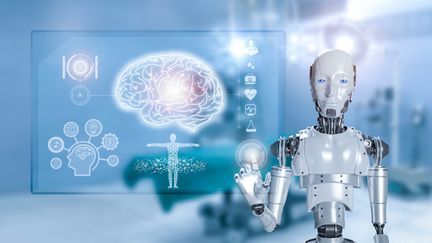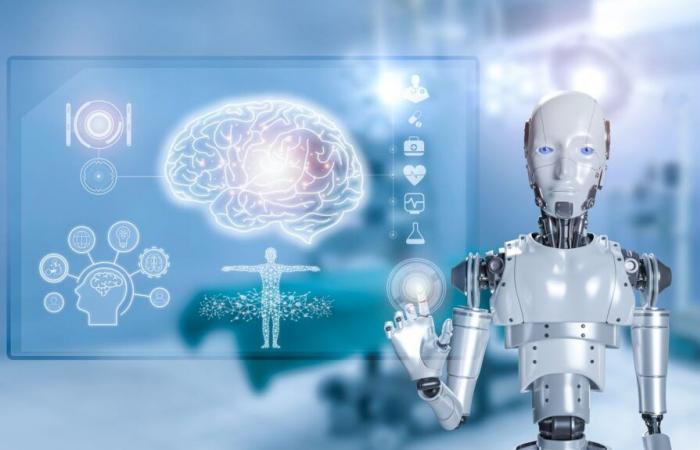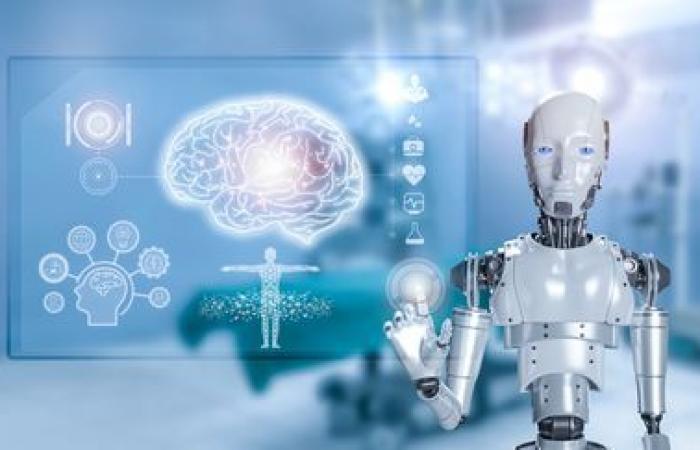The algorithms know how to quickly process analysis results by identifying anomalies and malformations in comparison with healthy tissues.
Published on 23/11/2024 17:22
Reading time: 3min

When we talk about artificial intelligence, we spontaneously think of a brilliant human brain. But above all it is an ability to review a very large amount of information, in a fairly short period of time.
And these skills are particularly valuable in the analysis of medical images, where we will be able to constitute a documentary base, composed of the results of examinations of human or animal tissues. Or a gigantic library of very high definition photos – ideally in gigapixels – of healthy and diseased organs, at different stages of development.
Images from biopsies have been added, these samples of tissue fragments, taken for analysis purposes to confirm or not a pathology.
A team from Washington State University in the United States published in November 2024 a comparative study of medical analysis results, which submitted biopsy images to doctors, as well as to a monitoring tool. deep learning (we talk about deep learning).
The researchers are clear: caregivers need several hours to study the documents, while the algorithm provides its report in a few minutes. Especially since it is necessary to take into account the discussion time between the doctors and the handling sequences of the microscopes used.
It is not a question of replacing doctors, but rather of allowing them to save time and precision in the analysis of the patient's condition, by having a more complete and rapid reading of their various medical examinations. And by detecting suspicious areas more precisely. Artificial intelligence is relevant for comparing documents and identifying differences and anomalies.
These are the elements which are then brought to the attention of doctors for interpretation purposes. So that they can make their diagnosis with a complete vision of the organ analyzed. The only condition: having a sufficiently extensive imagery database, in terms of number and quality of shots, to effectively train an artificial intelligence model.
In their conclusions, researchers from Washington State University consider this application of AI particularly relevant in the detection of cancers or genetic diseases. Because we can compare healthy samples with others that we suspect of carrying metastases or malformations. A valuable decision-making aid for medical experts when time is limited.








